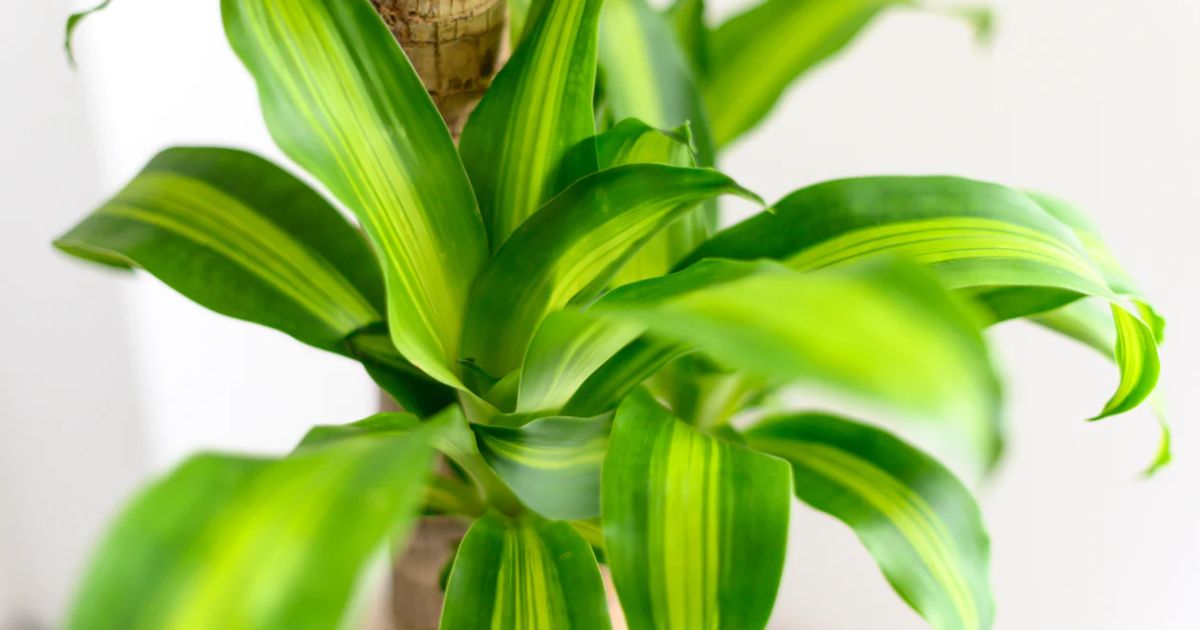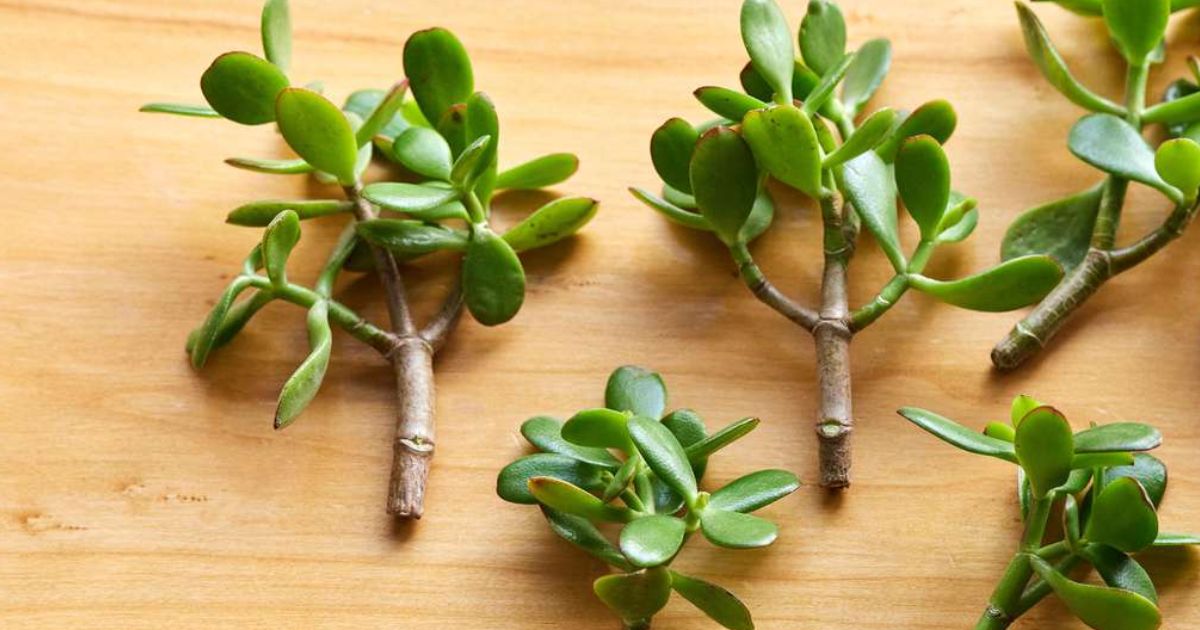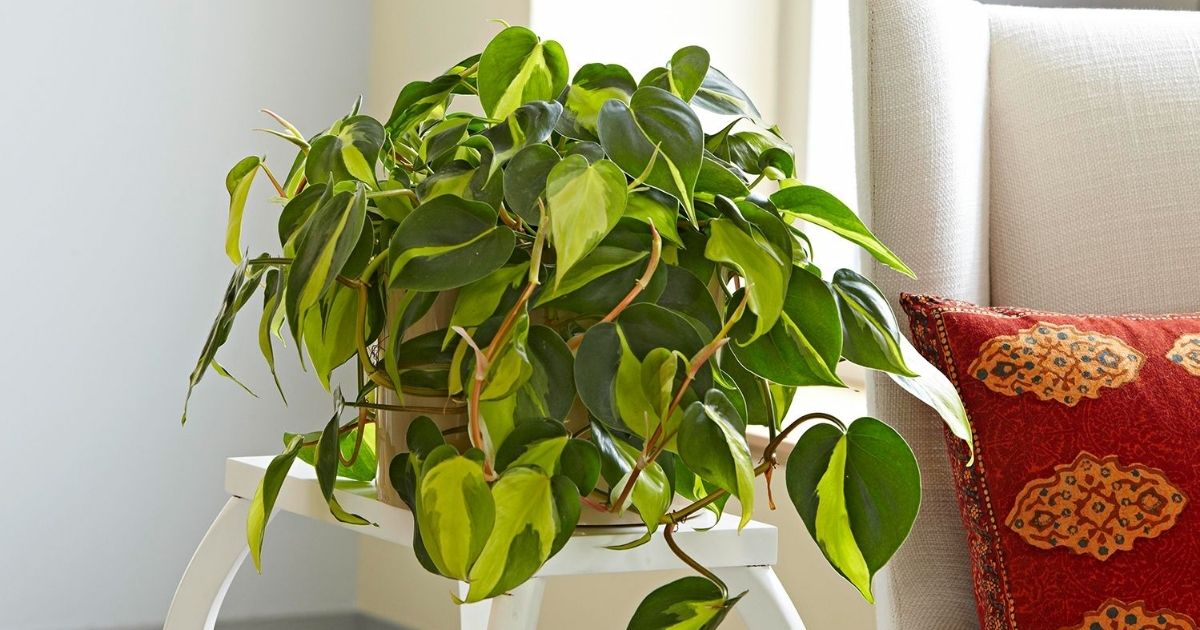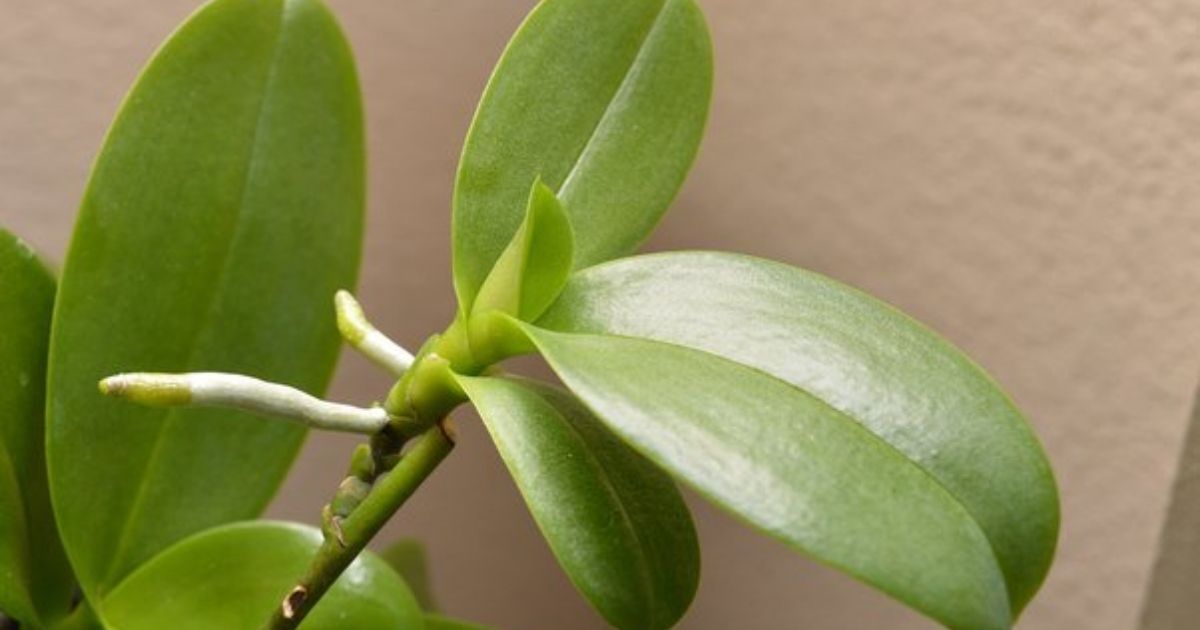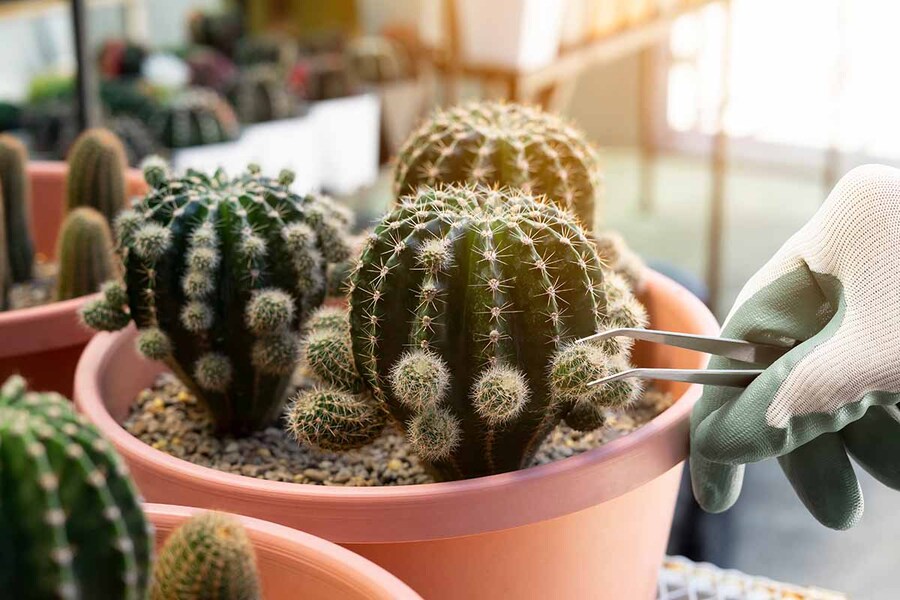Cloning Plants: What It Is, Its Benefits & How-To
Did you know there's another way of growing crops besides planting seeds? It's called cloning plants! Although it might sound difficult, cloning is quite easy.
One of the simplest ways to create a plant clone is by making a "cutting" from a healthy plant, re-planting it, and letting it grow. Since cloning involves asexual plant reproduction, there's only one set of DNA involved, and the clones end up being exact replicas of the parent plant.
However, there is more about this method that might surprise you. Check the article out.

What Is Plant Cloning?
Plant cloning means creating genetically identical plants from a single original plant. To put it simply, cloning involves taking a cutting or clipping of a plant and growing it separately.
The cutting develops roots within 1-3 weeks, and a new plant grows identical to the original. Remember to place the cloning pot under indirect sunlight or low-grow lights.
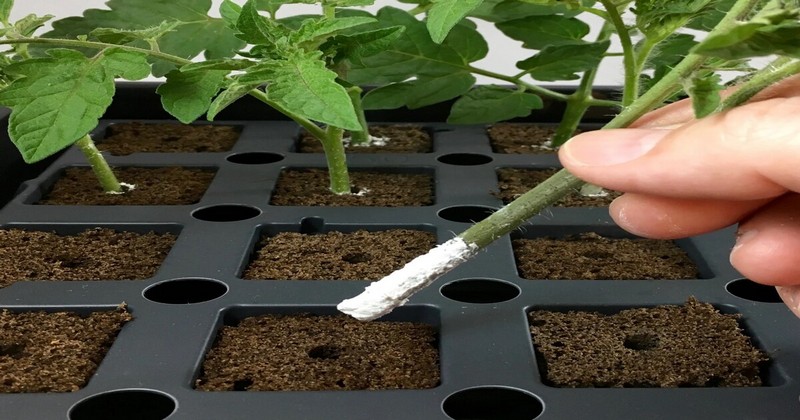
Benefits Of Plant Cloning
There are some reasons why, as a gardener, you should propagate plants.
- Cloning is a fast, easy, and cost-saving method of producing new plants.
- Cloning allows for the preservation of the best genes from mother plants.
- Cloning can eliminate the germination step required for growing new plants.
- When cuttings from mature plants are used for cloning, the resulting plants can flower quickly after rooting.
- Cloning plants helps replicate successful plants. It does not harm the mother plant.
- Recreate all the preferred characteristics of the parent plant repeatedly.
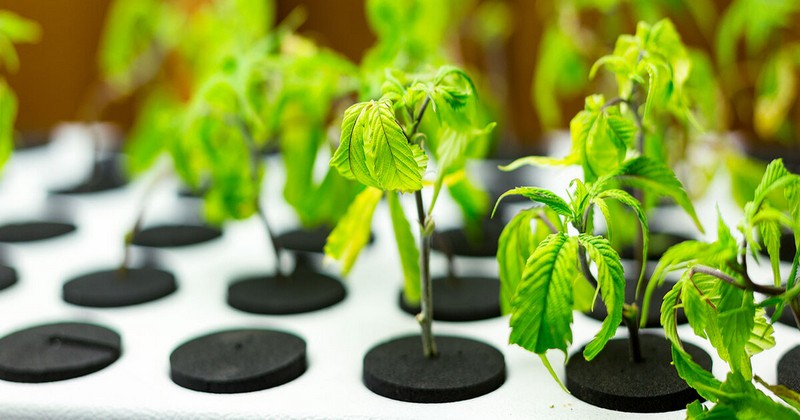
See more: 7 Types Of Hydroponics Systems (Expert Explained)
Best Plants To Clone
- Basil. Basil is known for its rapid growth, and cloning allows gardeners to replicate plants efficiently, ensuring a steady and abundant supply of fresh basil.
- Mint. Mint spreads rapidly, and cloning is an effective way to reproduce plants with the desired growth characteristics. It ensures a continuous supply of fresh mint leaves for culinary use or herbal teas.
- Chili. Compared to other plants, chili cuttings have a good chance of rooting and developing into new plants. It also takes considerably less time to grow a new plant from a cutting than it does to start from seeds.
- Tomato. Cloning tomatoes helps in preserving specific varietal characteristics, such as taste, color, and size. This is particularly important for gardeners and farmers who want consistency in their tomato harvest.
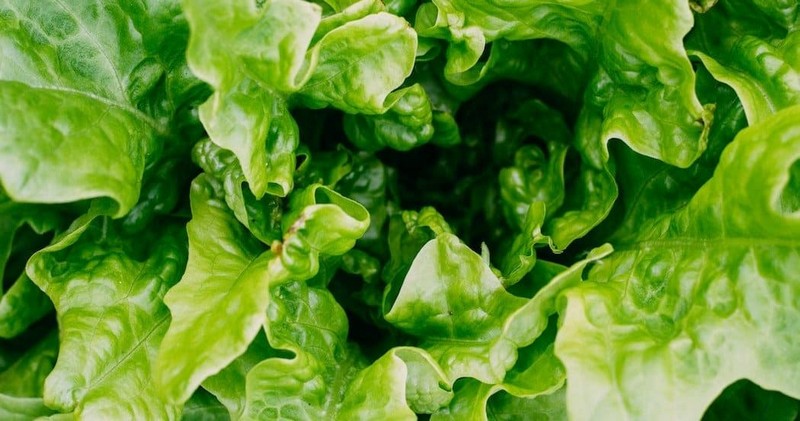
See more: How To Lower Humidity In Grow Tent In 5 Methods: Guide For Beginners
Plant Cloning in 4 Easy Steps
How to clone a plant is a common question of many growers. Here are the 4 easy steps to follow.
Step 1: Cut The Plant In The Right Way
When cloning plants, the most important thing is to cut from the right part of the plant. You have two options: cutting the middle or the tip of the stem.
If you're unsure, it's best to cut the stem tip because that's where most plant growth occurs.

However, cutting the middle can be just as effective, especially if the plant shows new leaf buds along the stem. If you cut directly above those baby leaves, you'll end up with two different shoots when the plant starts to regrow as a clone, which is great if you want a bushier plant.
No matter which option you choose, make sure you're working with a plant that has a thick and sturdy stem. The part you select (middle or tip) should also have 4 visible leaves. Careful consideration will give your clones the best chance of success.
Step 2: Cut The Leaves And Stems
Once you have taken the cutting from your mature plant, you should trim all the fully developed leaves and the stem at an angle.
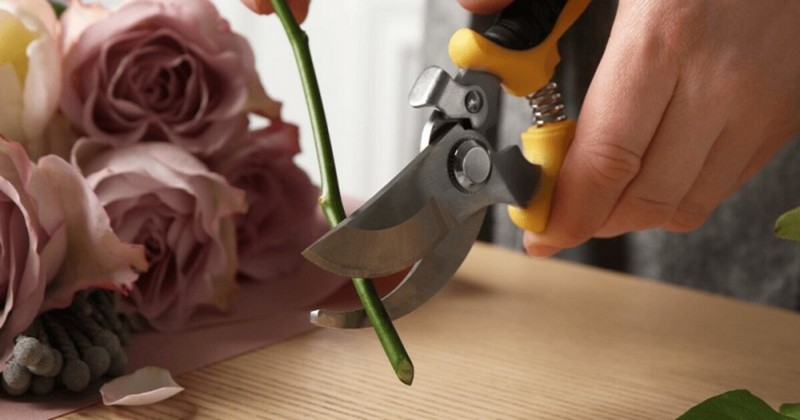
Pruning the leaves encourages the plant to direct its energy downwards into the roots rather than towards growing new leaves. During this step, we should trim about 50% of the leaf.
Trimming the stem at an angle generates more surface area for the rooting hormone, leading to more growth.
Step 3: Add The Hormone For Root and Re-plant
For the best result, add the powder immediately after trimming the stem.
This is because a freshly trimmed stem has more moisture and will absorb the hormone powder better.
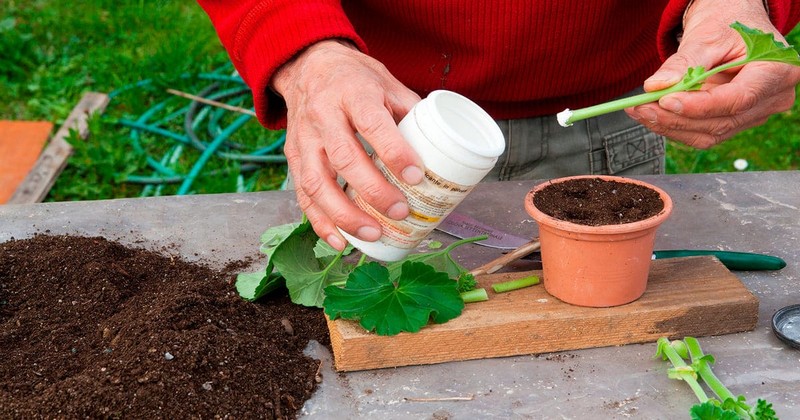
Here is how you can do it properly:
Pour some of the hormone powder into a shallow dish or the jar lid to apply it. Place the freshly cut end of the stem into the powder and make sure it has a thick and even layer of the hormone sticking to the bottom of the stem.
Once the hormone powder is on the stem, insert it into a new grow plug and place it into an available seedling tray. Repeat this process until all the clones are ready and in the seedling tray(s).
See more: What Is Hydroponics? 6 Types and How It Works
Step 4: Watch Your Clones Crow
When caring for clones, remember that they require a humidity dome, just like typical seedlings. However, unlike seed-grown plants, clones must always have access to water, so you should stick to your normal watering schedule.
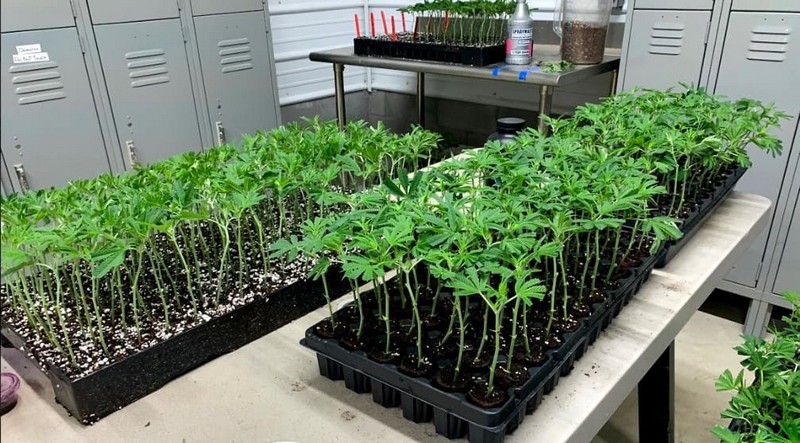
Another difference is that while seedlings usually spend three weeks in the nursery station, clones take a little longer.
After three weeks, the clones complete the development of their new root structure, but they require another 1-2 weeks to plant their stems and leaves before moving to the cultivation area.
Frequently Asked Questions
What Plants Can Be Cloned?
Although it's technically possible to clone any plant, experts believe that plants with sturdier and thicker stems, such as tomato plants, tend to be more successful in cloning. On the other hand, plants with stalk-less, flimsy, or soft structures, like lettuce, may not clone well at all.
What Is The Process Of Cloning A Plant?
To create new plants with the same genetic characteristics as the mother plant:
- Stem or leaf cuttings are treated with rooting gel.
- These cuttings are then inserted into a rooting medium
- After a short time, new roots develop from the treated area.
What Are The 4 Types Of Plant Cloning?
Some common methods of cloning plants are:
- Cutting.
- Grafting.
- Layering.
- Tissue culture.
And that's all about cloning plants. As you can see, when hearing this term for the first time, you may feel confused. However, the whole process is really simple. We believe that with these basic steps, you will know how to clone plants for yourself.
If you want to learn more about plant cloning, visit Benchmark Hydroponics!
